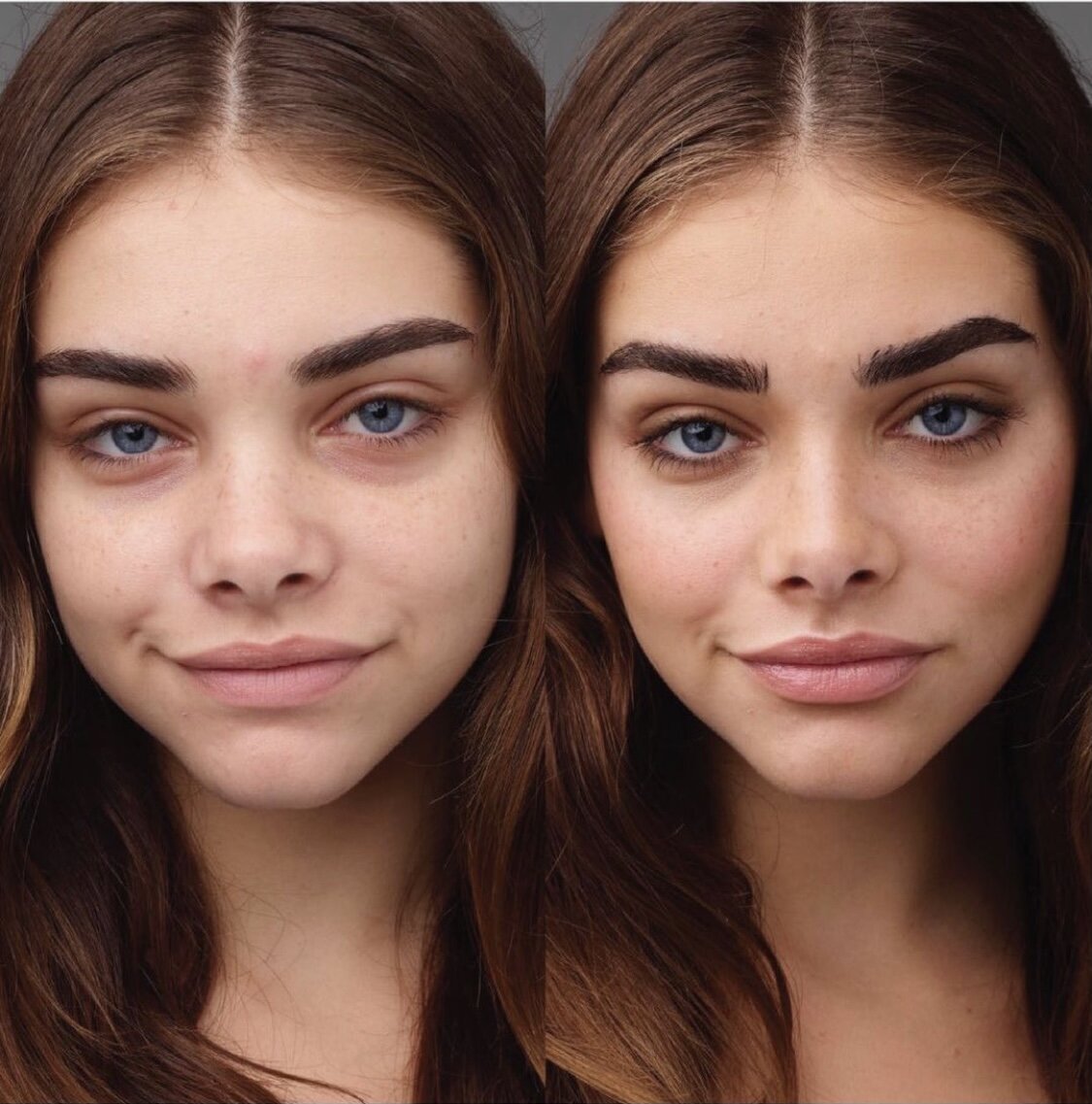Demi.
Let your skin do the talking.
What is it…
Demi is a breakthrough approach to makeup, Demi Colour is a carefully calibrated saturation of cream color that is strategically applied using a featherlight technique. Most of your skin remains untouched, resulting in an undetectable makeup that reveals the magic of your face.
How to use it...
Using a Demi brush, apply a light touch of Demi Colour directly to the places on your skin that need filtering, using color solving to balance tone, add depth, and achieve a flawless finish.
Choose which Angel Edit I, II or III suits your skin tone best: Light, Medium or Dark.
The Angel Edits are carefully curated collections bundled to maximize your savings. Each Angel Edit includes brights, sculpts, blushes, gloss and balm, the mood demi palette, and 3 of my favorite Demi brushes: Shape Brush, Bright Brush and Spot Brush.
The Angel Edit will offer you the biggest bang for your buck by bundling items you’ll need.
Light.
Angel Edit I
Medium.
Angel Edit II
Dark.
Angel Edit III
Choosing your colors.
All Demi Colours are scientifically engineered to filter the least all the way to the most saturated colors in the human range of skin tones. Analyze the colors present in areas of your face you want to neutralize, then utilize color solving to select shades from this universally inclusive range of hues to filter out any excess colors you don’t want, build depth of color you do want, and infuse your skin with a natural luminosity.
Not sure how to identify the color you see in your skin? That’s ok - it’s takes time and patience to learn that most people think their under eye discoloration is purple or red, when those colors are very rare. Instead it’s most likely green, yellow, or if dark; blue. Rosacea is most often not red, but instead made up of blue and purple veins that when filtered, the apparent redness magically disappears. And melasma, while appearing to be “brown” is made up mostly of green and when darkest, blue.
Identifying color is not an exact science - and the colors in our faces change from day to day dependant upon our health, diet, sleep patterns, environment and more. Don’t get too attached to the colors you see in your face today, you don’t need to memorize which colors you used where - because tomorrow, they may be different.
Instead, what you’ll want to practice is learning to identify colors and the excess of color you see in each.
I’m always available to help answer questions, but here are some cheat sheets to help you while you learn!


















